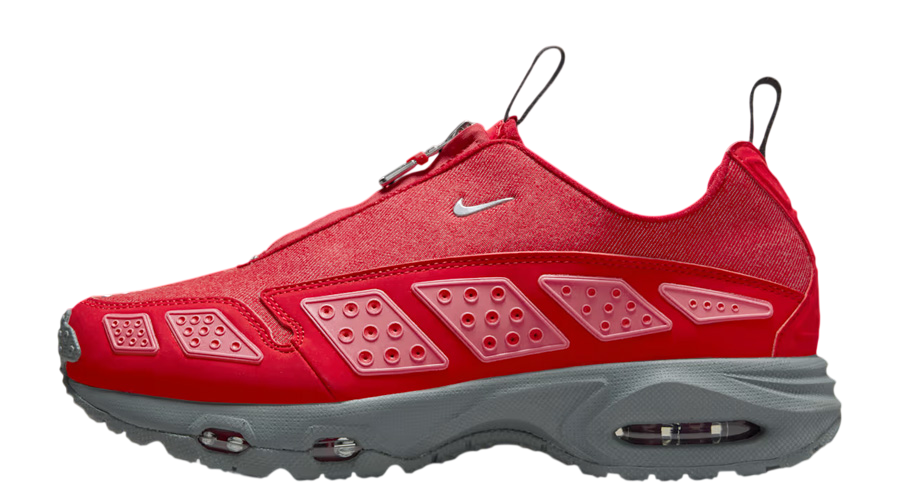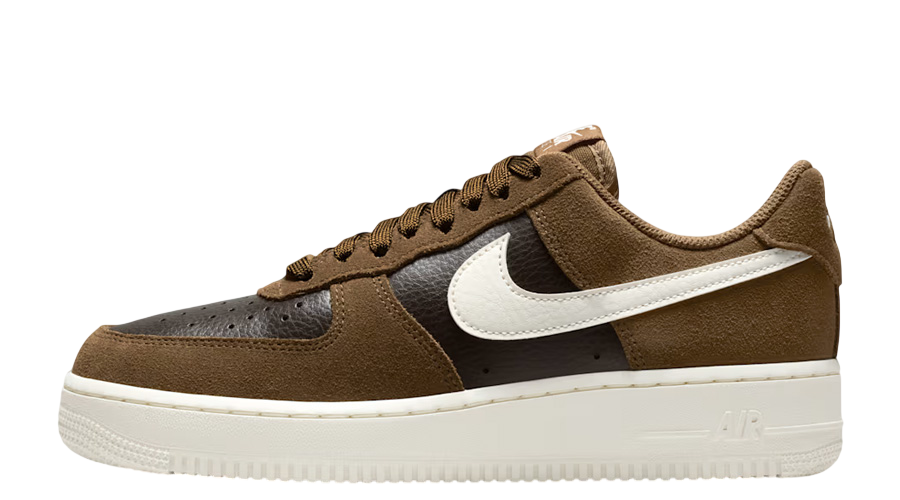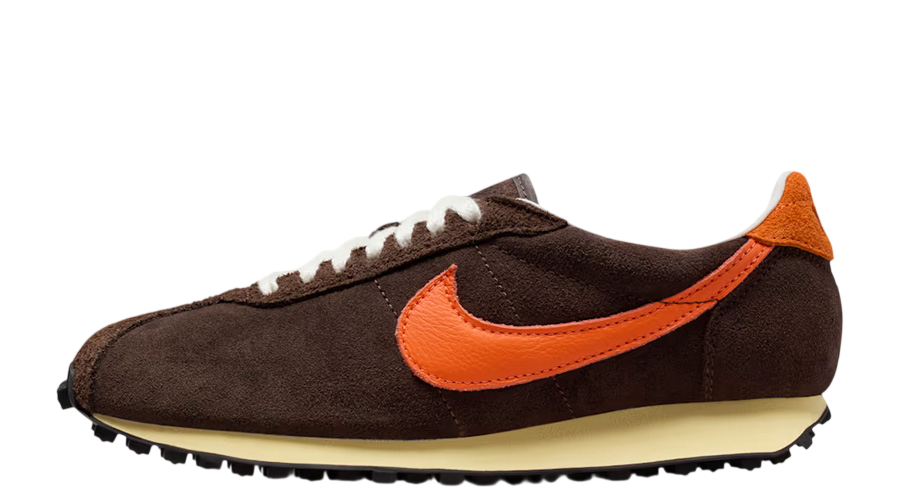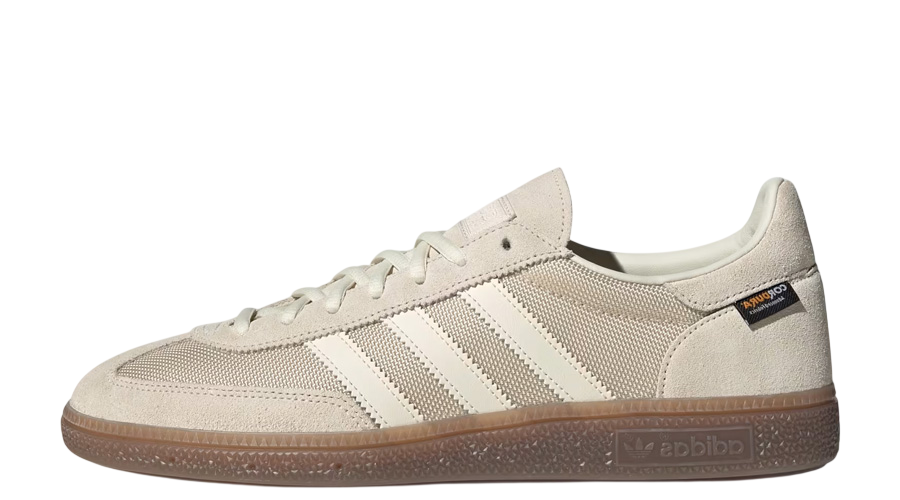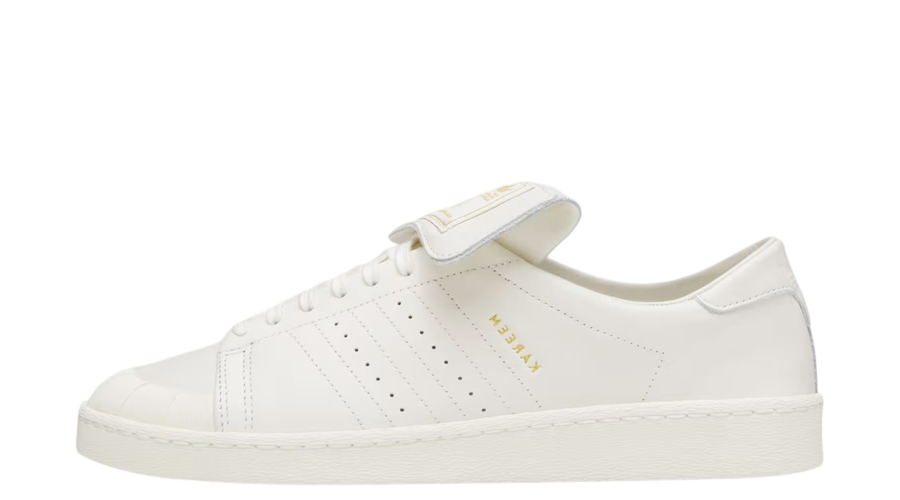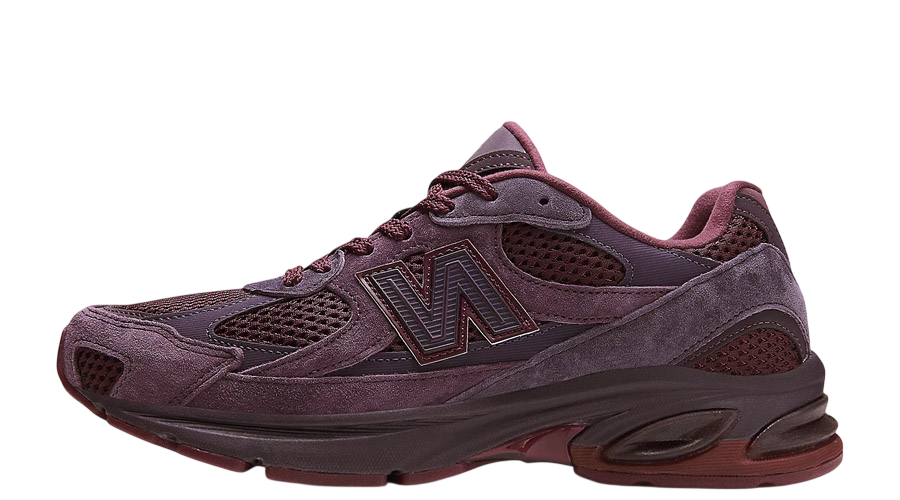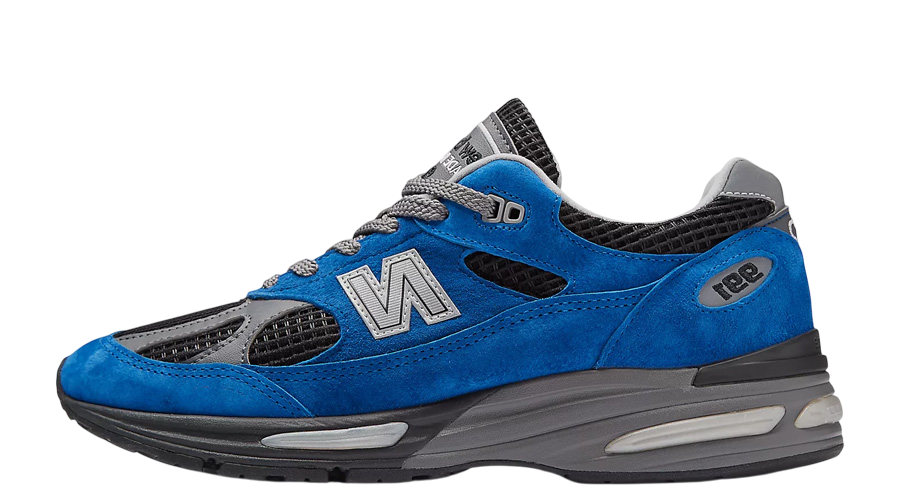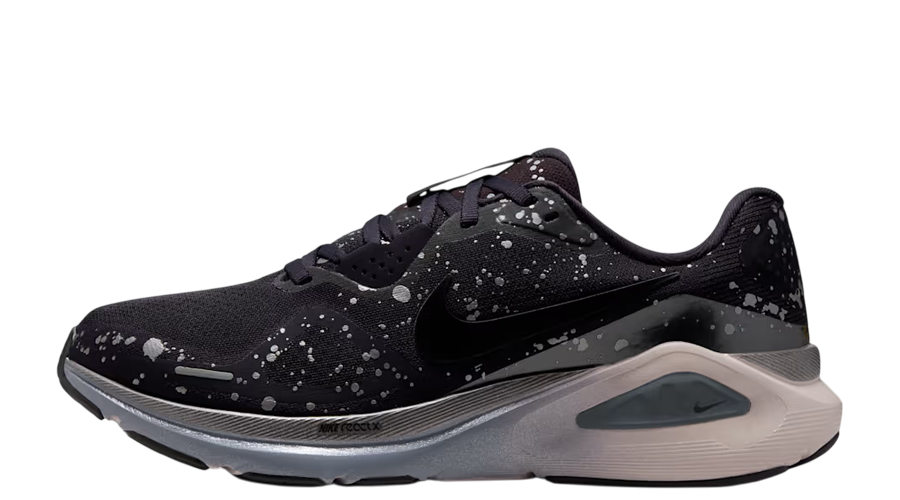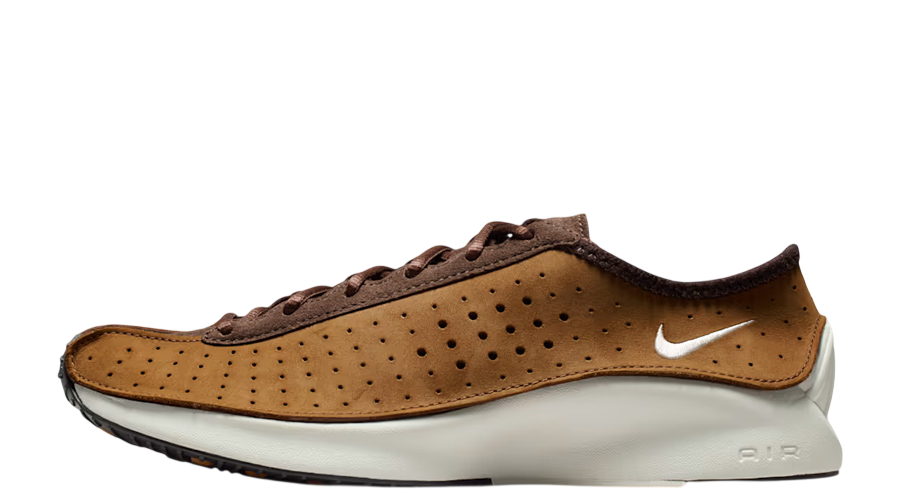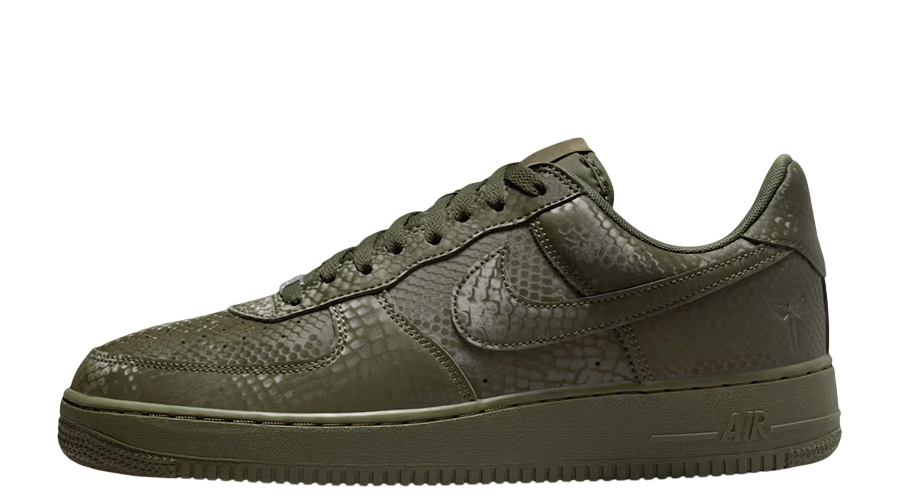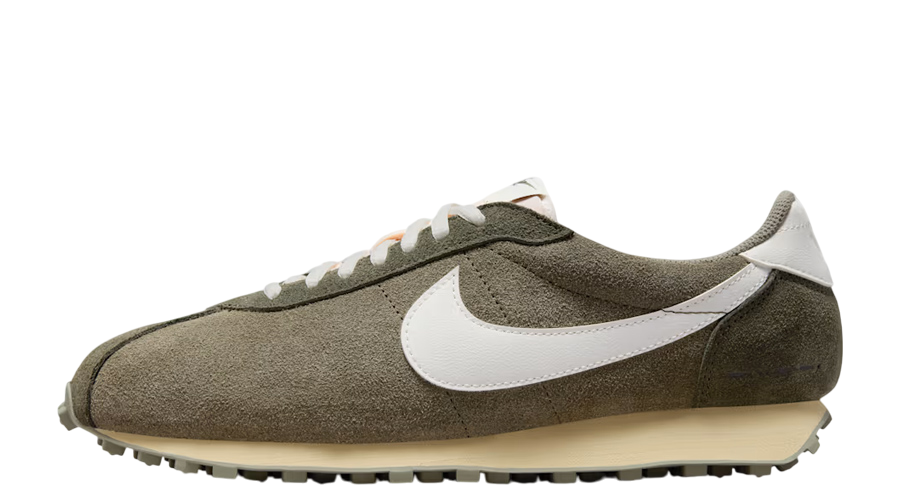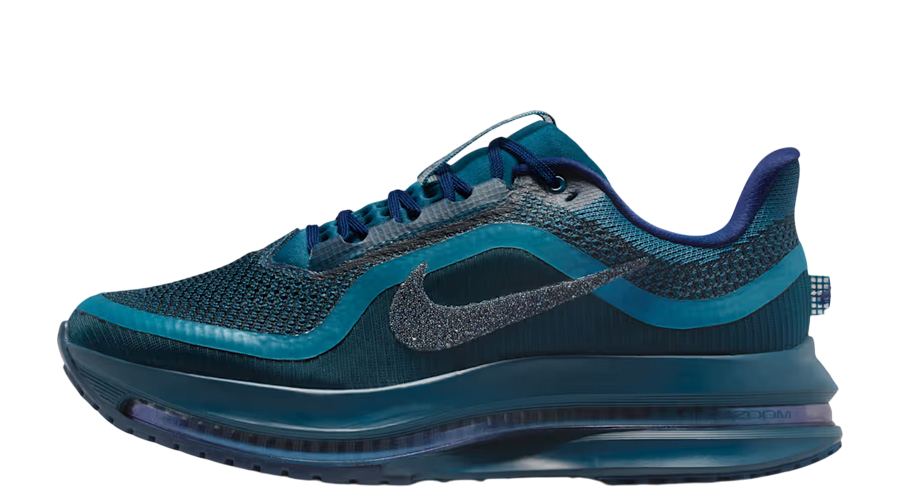How Does the Air Jordan 12 Fit? Sizing Guide & Review

The Air Jordan 12 is, without question, one of the most iconic Jordan Brand sneakers of all-time – period. Over the past couple of decades, it has been blessed with countless cool colourways and collabs, to the point that many even consider it their holy grail.
If, for some reason, you still don’t have this sought-after silhouette in your rotation, then you’ve come to the right place. In this guide curated by Captain Creps, we’ll explore everything about the Air Jordan 12. From its sizing to its materials, make sure you keep it locked to find out everything that you need to know and so much more!
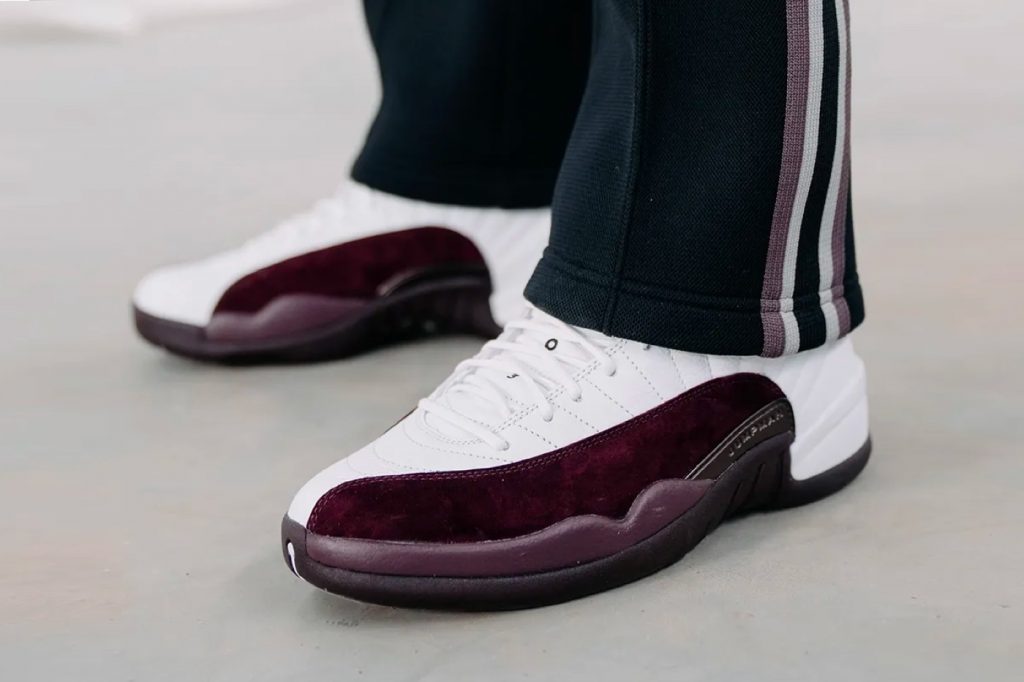
A Brief History of the Air Jordan 12
First introduced back in 1996 during the dawn of a new decade, the Air Jordan 12 emerged not merely as a sneaker, but as a symbol of Michael Jordan’s relentless pursuit of perfection on the basketball court. Envisioned and designed by the man, the myth, and the legend that is Tinker Hatfield, it was a testament to the symbiosis of innovative design and functionality.
Also known as just the AJ12, it was (and still is) known for its daring blend of aesthetics and performance, featuring a luxurious tumbled leather construction and distinct design lines that echo the rising sun. It was also the first in the Air Jordan line to feature Nike‘s Zoom Air technology, making it infinitely more comfier than its predecessors.
Does the Air Jordan 12 Fit True to Size?
As with any trainer, finding the perfect fit in the Air Jordan 12 is absolutely essential if you want to enjoy all of the benefits. Generally speaking, the AJ12 runs true to size (TTS). This means you can buy your usual shoe size and you should be good to go. However, if you’ve got especially wide feet, you might want to considering going half a size up. It’s important to get the right fit as not doing so may cause injury – something that you definitely do not want during a game.
However, it’s worth noting that the J12s are made from leather, so even if they do fit a little snug, they’ll loosen up as you break them in. Wearing them around the house and using thick socks can stretch the material over time. If you want a more in-depth guide on how to break them in, check it out here.

What Materials is the Air Jordan 12 Made of?
Traditionally, the Air Jordan 12 is constructed from premium tumbled leather. However, over the past 28 years, it has been outfitted in everything from nubuck to nylon, so it really depends on the pair that you end up copping.
With that said, all AJ12s sit on top of Phylon foam midsoles that are infused with Zoom Air tech for unrivalled comfort and responsiveness.
The Bottom Line
The Air Jordan 12 is a testament to high-performance technology and groundbreaking design. If you’re finally ready to grab a pair, we would recommend going true to size. The premium tumbled leather construction tends to loosen up overtime though, so even if they feel a bit snug they will eventually break in. With hundreds (if not thousands) of different colourways to choose from, you’ll be spoilt for choice!
Is it necessary to size up or down for Air Jordan 12s?
For most people, sticking to their regular shoe size is recommended. However, individuals with wider feet might find a half size larger more comfortable, while those with narrow feet may prefer a slightly snugger fit by going half a size down.
Can the Air Jordan 12 accommodate orthotic inserts?
Yes, the Air Jordan 12 can accommodate orthotic inserts. Its roomy toe box and adjustable lacing system make it suitable for adding extra insole support. However, it’s advisable to try them on with the inserts to ensure the best fit.
Are there any specific tips for breaking in my new Air Jordan 12s?
To break in your Air Jordan 12s, start by wearing them for short periods around the house. You can also wear thicker socks to stretch the leather gently. Flexing the soles and applying a leather conditioner can help maintain the material’s flexibility and durability.
How should I care for my Air Jordan 12 sneakers to maintain their condition?
Regularly clean your Air Jordan 12s with a soft brush or cloth to remove dirt. Use a leather conditioner to keep the leather supple. Avoid exposing them to extreme temperatures and moisture, and store them in a cool, dry place to prevent material degradation.
